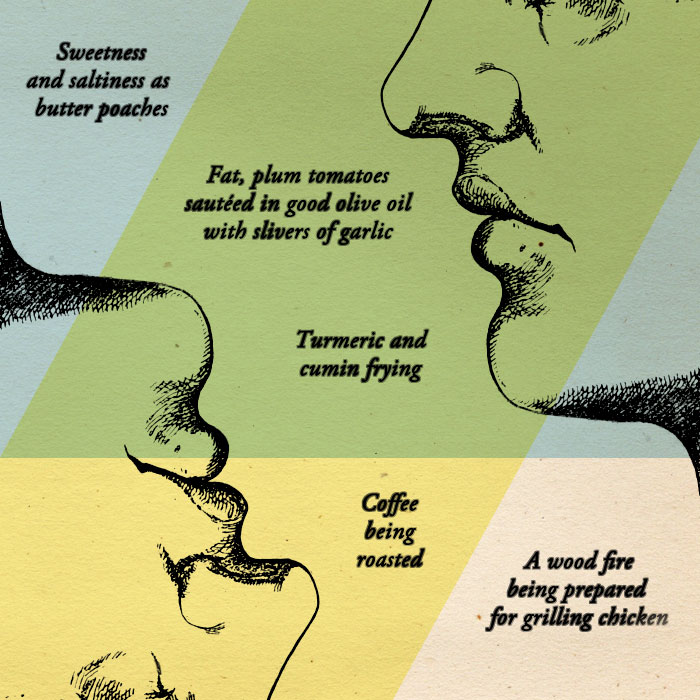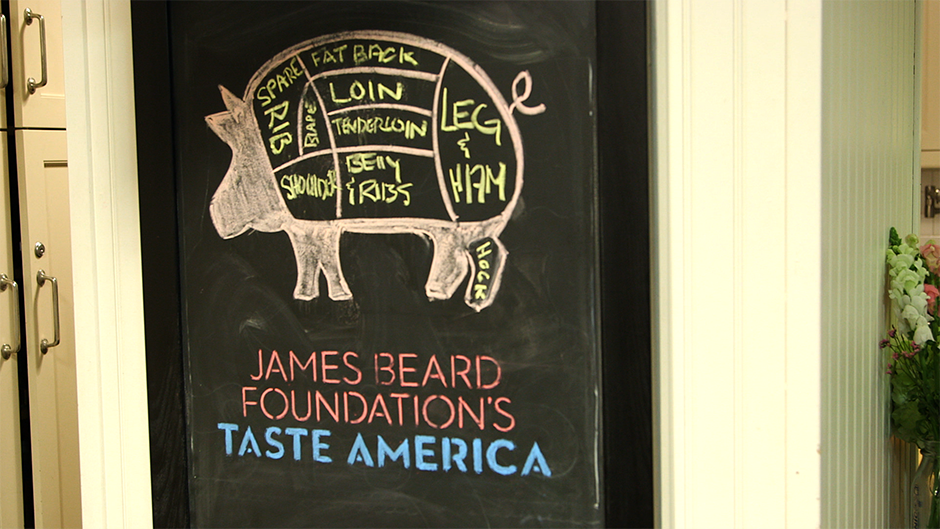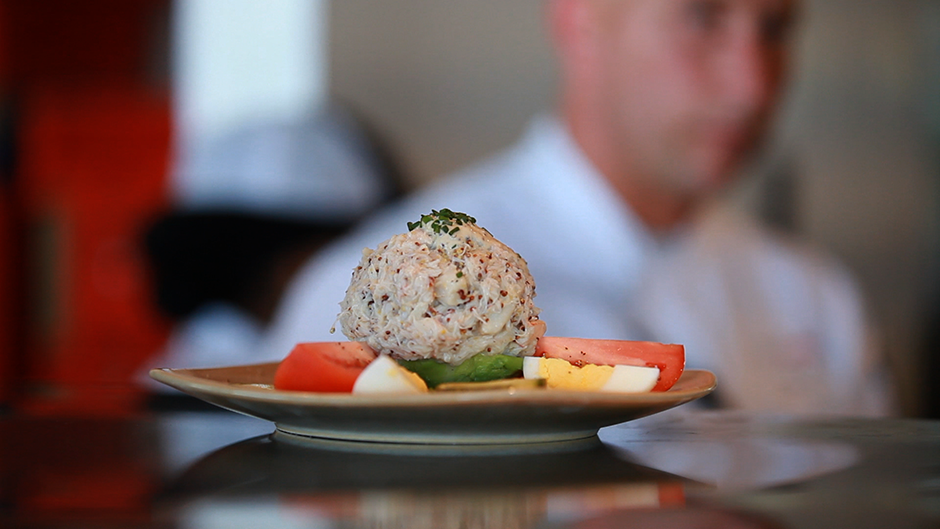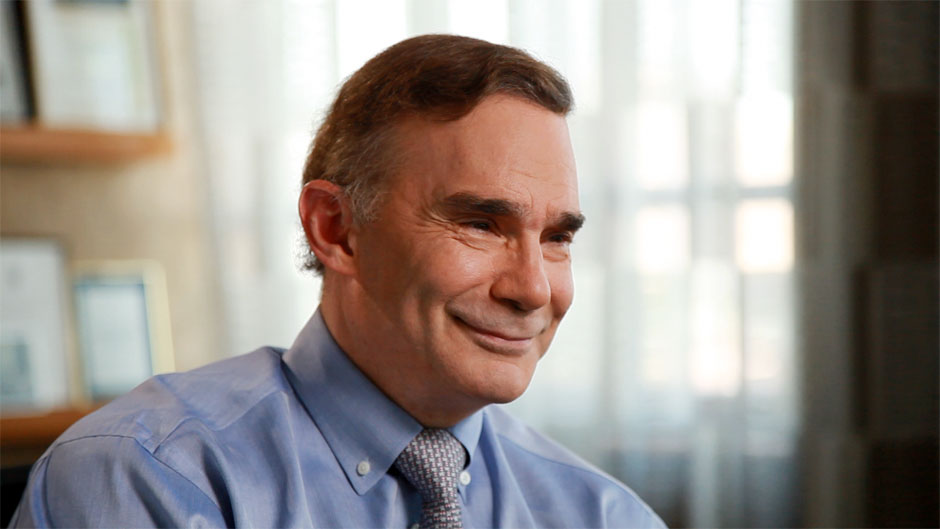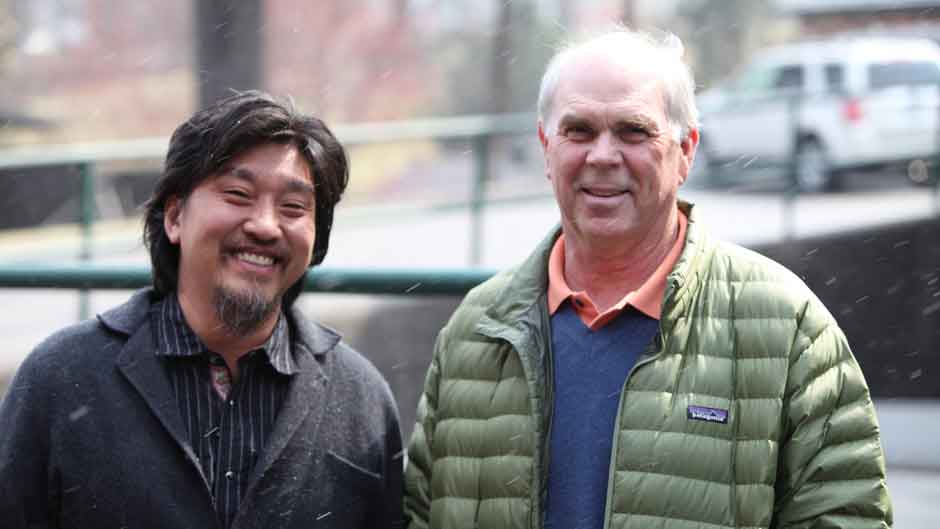I asked Thomas Keller, chef-owner of The French Laundry and Per Se, both three star Michelin restaurants that are among the world’s best, to tell me about his purpose as a chef, and he said without hesitation: “We’re in the business of creating memories.”
Indeed, whether it’s a coveted reservation at a luxury establishment or a bowl of pho at a hole-in-the-wall in Hanoi, we cultivate our experiences, both internal and not, through what we eat. It’s not food as religion nor food as transcendent, but rather a far more mundane fact due to our physiology.
The oldest sense, the one that first developed neurologically, is smell: the ability, that even bacteria possess, to identify and respond to chemicals in the environment. So when we take in the aromas of coffee being roasted, a wood fire being prepared for grilling chicken, turmeric and cumin frying, the release of sweetness and saltiness as butter poaches, it’s all due to the receptors that create in us salivation and desires. When you add taste to that anticipation, we can rely upon flavors to create nonverbal memories that later on will evoke the setting, the emotions we had then, and the people who were with us.
Memory doesn’t just begin with language.
The love we have for our mothers starts at infancy, and the natural tenderness is furthered by the milk and the embrace. No wonder that so many of the holiest images depict Madonna and Child. And, of course, in one of the twentieth century’s most famous novels, “Swann’s Way,” the author Marcel Proust begins his story when his memory of childhood is evoked through his taste of a madeleine.
The profundity of taste is visceral and immediate, and its magic comes about because what is temporal and delicious finds a hidden place in our memories. We don’t necessarily think about the meal of pasta as we are eating it, but years later taking in the aromas of fat, plum tomatoes sautéed in good olive oil with slivers of garlic, capers, parsley, and crushed red peppers will suddenly and unanticipatedly bring to life an entire vista of Sicilian ruins. What’s fascinating is that if we try to describe that original experience, sans the food that brings it to life, we may not be able to do so with as much specificity and vigor.
The memory of food starts just after birth and builds throughout our meager lives until we have a veritable bank of tastes and aromas that really are our strongest narrative.
Knowing this, immigrant communities establish their ties to lost homelands. We have grocery stores stocked with such items as mustard oil, breadfruit, orzo, rice wine vinegar, rambutan, cured and dried meats, and nam pla; and if you know what to do with these ingredients you conjure up India, Jamaica, Greece, Japan, Cambodia, Italy, France, and Thailand. Home is on the plate, you can see loved ones gone or faraway. No photograph or song or story is quite the same, because the olfactory sense is deep in the brain, beyond speech, sight, and overt cognition.
Certainly the most compact of memories inspired by food comes about through holidays, where the bickering over the right way to make cranberry sauce can distract a family from the bounty. Every culture has a set of rules and rituals tied in with what is served at the table, and no holiday exists without food at its center. Even Ramadan, Lent, and Yom Kippur, each of which have prohibitions regarding eating, deal with food in its absence. And more broadly, every religion utilizes food to teach people to remember who they are and what their affiliation is based on. As a Jain, no garlic or root vegetables. As a strict Buddhist, no animals. As a Muslim or Jew, no pork. You don’t need the taste of the food to remember; but, ironically, not tasting the food will do the trick.
Into this complex and culturally and scientifically rich history of food wander the great chefs. Their challenge is twofold. To recreate the dishes as their guests remember them and/or to show them new ways of tasting that will add to their experiences.
If you’ve ever gone with a friend to a restaurant that purportedly serves the food from his or her culture, you’ll know what I’m talking about.
“This dal isn’t as good as my grandmother’s!”
“The pasta is too al dente!”
“You never serve sushi this way!”
Well, of course. The chef is doing his or her own thing. It isn’t supposed to taste the way you remember it. Why should it? Food isn’t a museum in which the exhibits are static. Chefs and restaurants, as Thomas Keller noted, create memory, not redundancy.
But the challenge is to create memories that are based on trust, a desire for affiliation, and, above all, that taste good. At Momofuku Ko, Chef David Chang, is selling food that has no comparison. The palate starts anew; this isn’t your father’s food. In doing so, he is hoping that the flavors you are experiencing create pleasure, obviously, rather than glum reflection. To the extent that he succeeds with a dish, it’s due to his focus, refinement, and sense of taste. A lesser chef winds up with a hodgepodge and what’s best remembered is this: What was that?
The desire of chefs to invent and refine is rooted in their knowledge that nothing really ever tastes the way it’s supposed to. Andre Soltner, the chef who brought to America the first taste of world class French food at his restaurant Lutece in New York City, told me that as an adult he recalled how much he had loved his mother’s macaroni and cheese in Alsace. He visited her and asked her to cook the dish for him.
“But when I tasted it,” he said with a funny pout, “It was terrible! What had I been thinking all those years?”
He paused.
“It was her that I loved, not the pasta,” he said. “It was just that I thought of her when I remembered eating that dish in her kitchen.”
That recognition of a memory that did not match the actual taste of the food is why chefs are keen on creating new, memorable experiences in their restaurants, like Thomas Keller said.
Forget the past, start anew.

